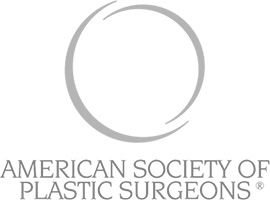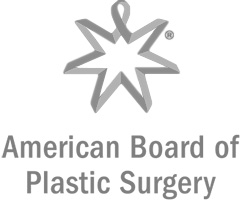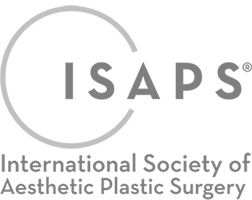BREAST IMPLANT ILLNESS
– NEWPORT BEACH, CA –





What is Breast Implant Illness?
Breast implant illness (BII) refers to a wide range of symptoms that might develop after breast augmentation or breast reconstruction surgery.
According to BreastCancer.org, BII symptoms include:
- joint and muscle pain
- chronic fatigue
- breathing problems
- gastrointestinal problems
- sleep disturbance
- rashes and skin problems
- dry mouth and dry eyes
- anxiety
- depression
- headaches
- hair loss
- memory and concentration problems
These symptoms can happen with any type of breast implant, whatever its material, shape, or texture is. They can also appear anytime after the insertion of implants, as some people immediately develop symptoms, while others get them years later.
Many of these BII symptoms are associated with autoimmune and connective tissue disorders like lupus, rheumatoid arthritis, and scleroderma. In fact, some people with BII also get diagnosed with such conditions.
That is why BII is also referred to as autoimmune/inflammatory syndrome induced by adjuvants (ASIA).
What Causes BII?
Though researchers are still studying why BII develops, there are a couple of theories in place.
One of the leading ones is the predisposition of some people to develop an immune reaction to the materials used in breast implants. It leads to inflammation, resulting in rashes, joint and muscle pain, and gastrointestinal problems.
Some studies show that tiny amounts of silicone and platinum found in breast implants can seep out of an intact shell and spread into the surrounding tissue.
Implant rupture can also cause other substances to spread within the scar tissue capsule surrounding the implant, as well as to other parts of the body. The longer the implant is in place, the higher the likelihood it ruptures. After all, some women with BII have a ruptured implant.
Silicone polymers found in all breast implant shells may also cause the immune system to react.
Another group of researchers attributes BII to microbiological abnormalities. A study of 50 self-diagnosed BII patients revealed that 36% of them had chronic contamination upon examining their removed implants.
Two-thirds of these contaminations were caused by Propionibacterium acnes, a known pathogen for various rheumatological disorders.
Cultures also showed small amounts of Staphylococcus epidermidis, but it was present in both the BII and control groups.
Furthermore, researchers discovered that natural killer cell function becomes suppressed in the presence of an infected breast implant but returns to normal once the implant has been explanted. It supports the theory that bacterial infections most probably cause BII.
Although there was no significant difference in the proportion of saline and silicone implants in both groups, it appears that patients with BII symptoms have textured implants. These may harbor more significant amounts of bacteria.
With these findings, there is a possibility that BII can be treated or even prevented with antibiotic prophylaxis regimens. However, further studies are needed to pinpoint the exact cause.
En Bloc Capsulectomy: BII Treatment
In most cases, the best way to treat breast implant illness is to surgically remove the breast implants and the surrounding scar tissue capsules. The latter is only recommended if the capsule is abnormal since capsulectomy is not without its surgical risks.
Some plastic surgeons do “en bloc capsulectomy,” a procedure that removes the implant and capsule in one piece. It can help prevent silicone, bacterial colonies, and other substances within the capsule from escaping into the body. Removing the scar tissue capsules also reduces the risk of fluid accumulation within the area after surgery.
Another recommended procedure is total capsulectomy, which removes both the implant and capsule, but not in one bloc.
Although doctors do not recommend getting implants again after developing BII, some patients still insist on replacing the implants with a different type.
Though this may improve BII symptoms, it’s still possible to develop BII over time. After all, all implants have silicone shells that may cause the body to react to them
